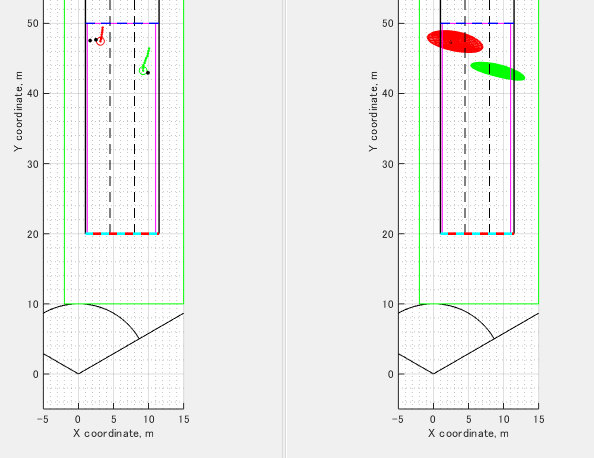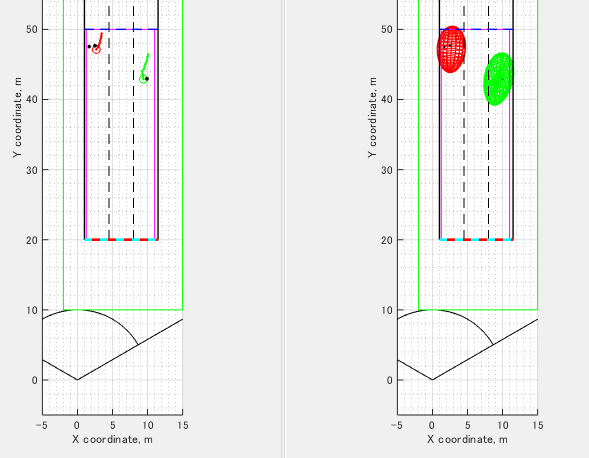Hello.
I'd like to make a judgment as to whether the vehicle detected by tracking is a large car or a small car.
(For example, if the length of the vehicle is 8 m or more, I would like to judge it as a large car)
Can I calculate the size (length, width) of the detected vehicle from the tracking result using GtrackLib?
If you can not ask for, how do you guess the size?
Thanks.



